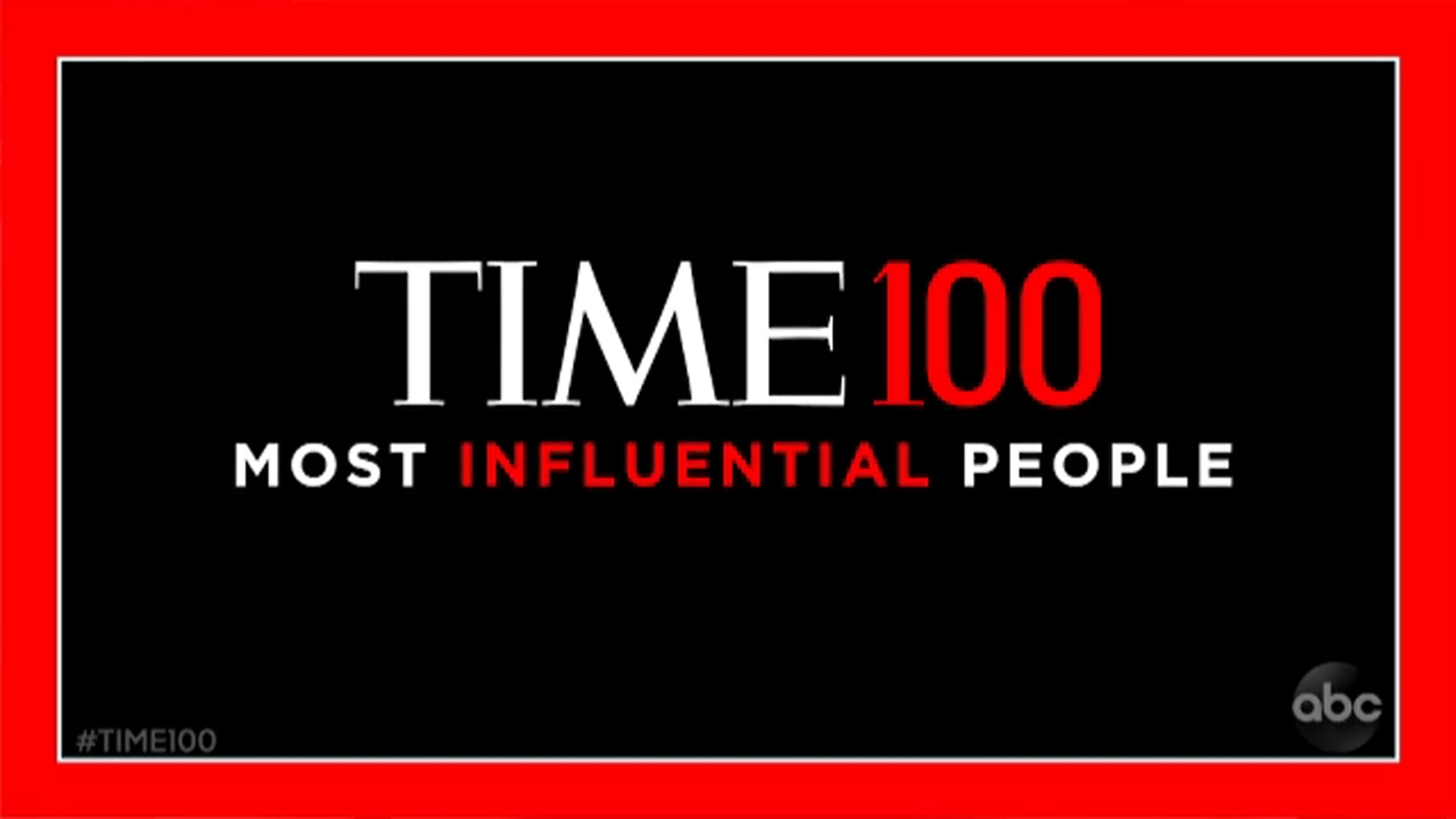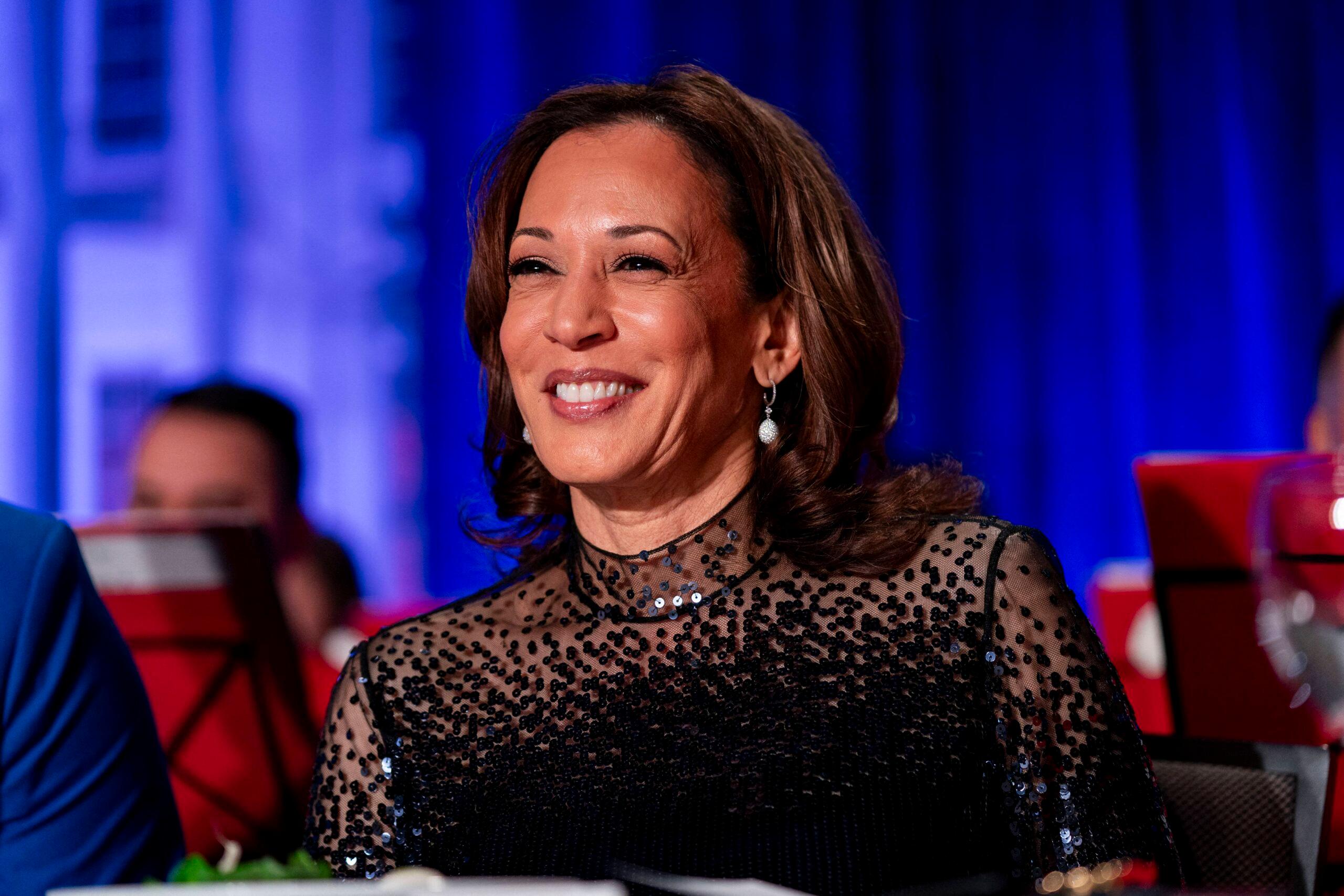Ultimate Guide: Design Kamala's Time Cover Now

Creating a captivating magazine cover is an art, and when it comes to designing the cover for Kamala's Time, an iconic and influential publication, there are numerous factors to consider. This ultimate guide will walk you through the process, from understanding the magazine's brand identity to crafting a visually stunning and engaging cover design. Let's dive in and explore the steps to make your design stand out!
Understanding Kamala's Time Brand Identity

Before you begin designing, it's crucial to grasp the essence of Kamala's Time and its brand identity. This prestigious magazine has a rich history and a dedicated audience, so staying true to its core values and aesthetic is essential.
Target Audience

Kamala's Time caters to a diverse readership, including politicians, activists, and individuals passionate about social justice and current affairs. Understanding their interests, demographics, and preferences is key to creating a cover that resonates with them.
Brand Values and Tone

The magazine prides itself on its commitment to truth, integrity, and an unbiased approach to reporting. Its tone is often described as thoughtful, informative, and inspiring. Incorporating these values into your design will help maintain the magazine's reputation and attract the right audience.
Analyzing Past Cover Designs

Studying past cover designs is an excellent way to gain inspiration and understand the magazine's visual language. Take a closer look at the elements that have consistently appeared on the covers, such as typography, color schemes, and imagery.
Typography and Layout

Kamala's Time has a preference for clean and modern typography, often using a combination of bold and elegant fonts. The layout typically features a balanced composition with a focus on readability. Pay attention to the placement of headlines, subheadings, and body text to create a visually pleasing hierarchy.
Color Palette

The magazine's color palette is carefully curated to reflect its brand identity. Common colors include shades of blue, representing trust and reliability, and pops of vibrant hues to add a touch of energy and modernity. Consider using these colors in your design to maintain consistency.
Imagery and Iconography

Kamala's Time often incorporates powerful imagery and symbolic icons on its covers. These visual elements can range from photographs of influential figures to abstract illustrations representing social issues. Think about how you can use imagery to capture the essence of the featured story or theme.
Identifying the Cover Story

The cover story is the centerpiece of your design and should be the focal point of the entire layout. It's essential to understand the key message or theme of the feature article to create an engaging and attention-grabbing cover.
Story Angle and Message
Collaborate with the editorial team to grasp the main angle and message of the cover story. This will guide your design choices and help you create a visually compelling representation of the article's content.
Key Takeaways and Insights

Identify the key takeaways or insights that readers can expect from the cover story. These elements can be highlighted through creative use of typography, iconography, or even subtle visual cues to enhance the overall impact of the design.
Choosing the Right Visual Elements

The visual elements you select for your design play a crucial role in conveying the cover story's message and attracting readers. Here are some considerations when choosing imagery, illustrations, and photography.
Photography

High-quality, impactful photography is often a go-to choice for Kamala's Time covers. Consider the following when selecting photographs:
- Relevance: Ensure the photograph aligns with the cover story's theme and message.
- Composition: Look for visually appealing compositions that capture the reader's attention.
- Emotional Impact: Choose images that evoke emotion and resonate with the target audience.
Illustrations and Iconography

Illustrations and icons can add a unique and creative touch to your design. When using these elements, keep the following in mind:
- Symbolism: Opt for illustrations or icons that symbolize the cover story's key concepts.
- Style Consistency: Maintain a consistent style throughout the design to create a cohesive look.
- Balance: Ensure the illustrations or icons don't overpower the other design elements.
Color and Lighting

Color and lighting choices can significantly impact the mood and tone of your design. Consider the following when selecting colors and lighting:
- Color Psychology: Use colors that evoke the desired emotions and align with the cover story's theme.
- Contrast: Create a visually appealing contrast between light and dark areas to enhance readability.
- Color Harmony: Aim for a harmonious color palette that complements the imagery and typography.
Layout and Composition

A well-designed layout and composition are essential for a visually appealing cover. Pay attention to the following aspects when arranging your design elements.
Grid System
Utilize a grid system to create a structured and balanced layout. This will help you align your design elements and maintain a professional look.
Focal Point
Establish a clear focal point to guide the reader's eye. This could be the main image, a headline, or a combination of both. Ensure the focal point is prominent and easily identifiable.
White Space
Don't underestimate the power of white space. It adds visual interest, improves readability, and creates a sense of elegance and sophistication.
Hierarchy and Typography
Establish a clear hierarchy by using different font sizes, weights, and styles. This will guide readers through the cover, ensuring they understand the importance of each element. Choose fonts that align with the magazine's brand identity and maintain consistency.
Designing the Cover

Now that you have a solid understanding of the brand identity, cover story, and visual elements, it's time to bring your design to life. Here's a step-by-step guide to designing the cover.
Step 1: Sketch and Brainstorm
Start by sketching rough ideas and brainstorming potential concepts. This initial phase allows you to explore different possibilities and narrow down the most promising ideas.
Step 2: Digital Mockup
Once you have a clear direction, create a digital mockup using design software. This will allow you to experiment with different layouts, colors, and typography.
Step 3: Refine and Iterate
As you work on your design, continuously refine and iterate. Pay attention to feedback from the editorial team and make adjustments as needed. Strive for a design that is visually stunning, informative, and true to the magazine's brand identity.
Step 4: Finalize and Review
Before sending the design for printing, ensure you have thoroughly reviewed it for any errors or inconsistencies. Check the placement of elements, color accuracy, and overall balance. Get a fresh pair of eyes to review the design and provide feedback to ensure it meets the highest standards.
Final Touches and Printing Considerations

As you approach the final stages of your design, consider the following factors to ensure a high-quality print result.
Color Accuracy
Ensure the colors you've chosen translate accurately when printed. Calibrate your monitor and use color profiles to maintain consistency between your digital design and the final print.
Resolution and Image Quality
Use high-resolution images and graphics to avoid pixelation or blurriness. Check the resolution of your images and adjust them as needed to ensure a sharp and clear print.
Paper and Finish
Discuss the paper stock and finish with the printing company. Different papers and finishes can enhance the overall look and feel of the magazine. Consider the weight, texture, and coating options to create a premium and tactile experience for readers.
Print Quality Control
Work closely with the printing company to ensure quality control. Provide them with detailed instructions and specifications to achieve the desired outcome. Request print proofs and approve them before the final run to avoid any surprises.
Conclusion

Designing the cover of Kamala's Time is an exciting and challenging task. By understanding the magazine's brand identity, analyzing past designs, and focusing on the cover story, you can create a visually stunning and engaging cover. Remember to choose the right visual elements, pay attention to layout and composition, and consider printing considerations for a high-quality result. With careful planning and attention to detail, your design will not only attract readers but also leave a lasting impression.
How often does Kamala’s Time release new issues?
+Kamala’s Time releases new issues on a quarterly basis, ensuring fresh and relevant content for its readers.
Can I submit my design ideas to Kamala’s Time?
+Absolutely! Kamala’s Time welcomes design proposals and encourages creativity. Reach out to their editorial team to discuss potential collaborations.
What are some common themes explored in Kamala’s Time covers?
+Kamala’s Time covers a wide range of themes, including politics, social justice, environmental issues, and profiles of influential individuals.
How can I stay updated with Kamala’s Time’s latest releases?
+You can subscribe to their newsletter, follow their social media accounts, or visit their official website for the latest updates and cover reveals.



